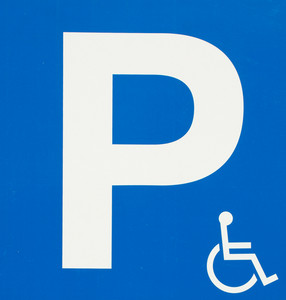Introduction to Accessibility Features in Smartwatches
Smartwatches have become an essential part of our daily lives, helping us stay connected and informed about everything that matters. However, not everyone can use a smartwatch due to various physical or cognitive limitations. This is where accessible design comes into play, making it easier for people with disabilities to access the features on their smartwatches.

Why is Accessible Design Important for Smartwatches?
Accessible design ensures that all users, regardless of their abilities, can easily navigate through the interface and use its features without any difficulty. It also helps to improve user experience by providing alternative ways of accessing content, such as voice commands or touch-based interfaces. By incorporating accessible design principles, manufacturers can create products that are inclusive and meet the needs of a wider range of customers.
Types of Accessibility Features Available on Smartwatches
There are several types of accessibility features available on smartwatches, including:
1. Voice Recognition – this feature allows users to interact with their watch using natural language processing technology. Users can give verbal commands to perform tasks like sending messages, setting reminders, or changing settings.
2. Large Fonts – some smartwatches come with larger fonts that make it easy for visually impaired individuals to read text on the screen.
3. Tactile Buttons – tactile buttons provide haptic feedback when pressed, allowing users who rely on touch to identify button locations more easily.
4. Screen Reader Software – many smartwatches now include software that reads out loud the information displayed on the screen, which is particularly useful for those with visual impairments.
Benefits of Using Accessible Design for Smartwatches
By implementing accessible design practices, manufacturers can increase their customer base and attract new audiences. Additionally, they can enhance brand reputation and build trust among consumers who prioritize accessibility over other factors. Moreover, accessible design promotes equality and inclusion, creating a more diverse society where everyone has equal opportunities to participate fully in everyday life.
Conclusion: The Future of Accessible Design in Smartwatches
The future looks bright for accessible design in smartwatches. As technology continues to evolve, we can expect to see even more innovative solutions being developed to help people with disabilities enjoy the full benefits of these devices. Manufacturers should take note of this trend and start investing in research and development aimed at improving accessibility features on their smartwatches. In doing so, they will be able to reach a broader audience while contributing positively towards building a more inclusive world.

